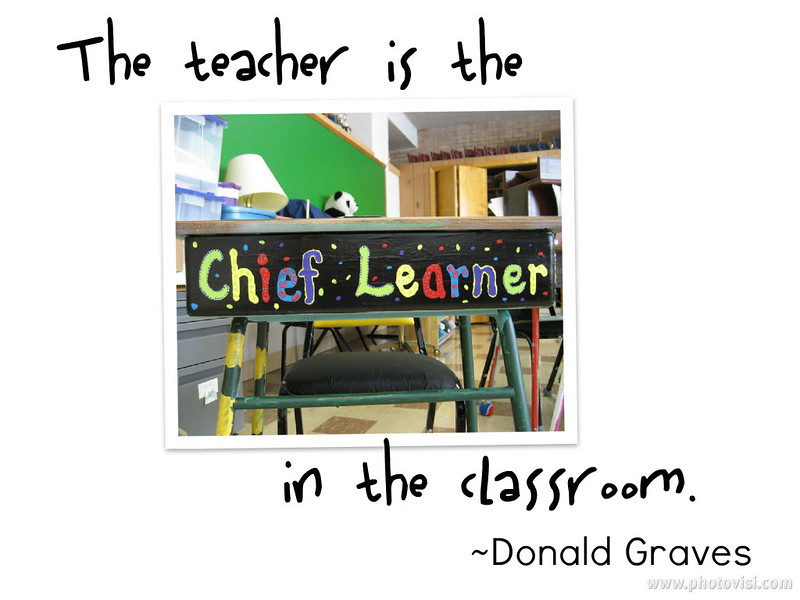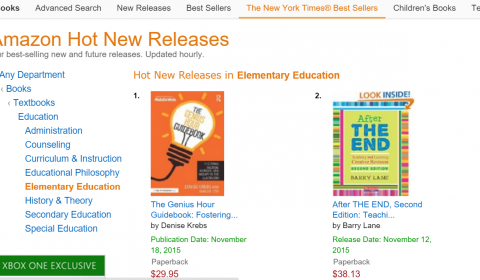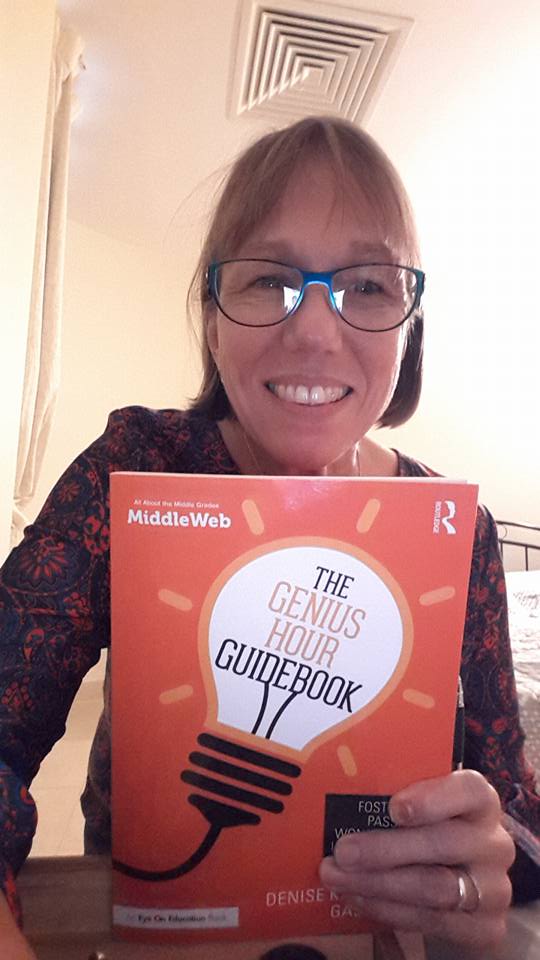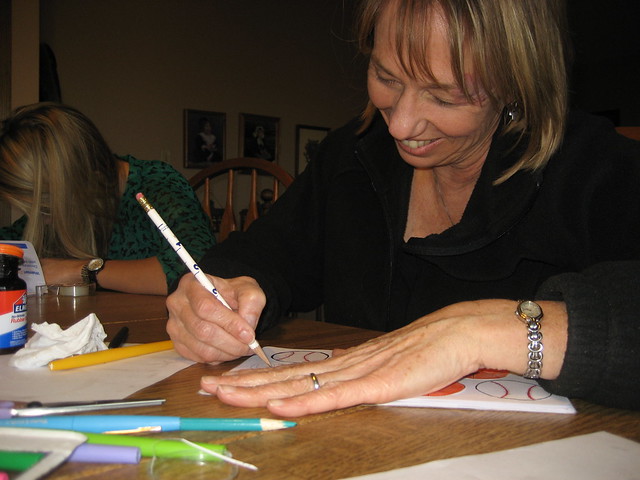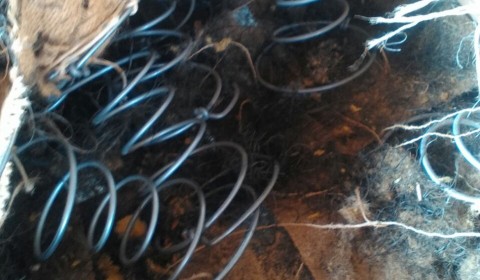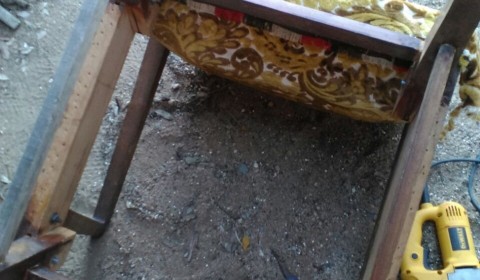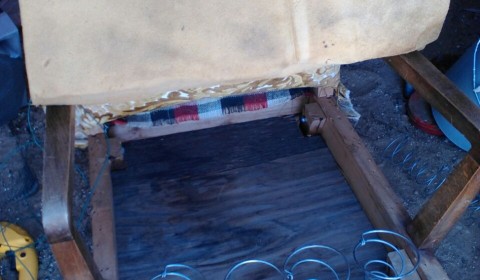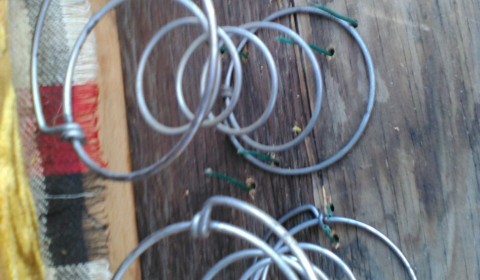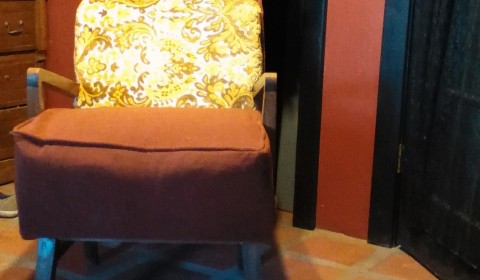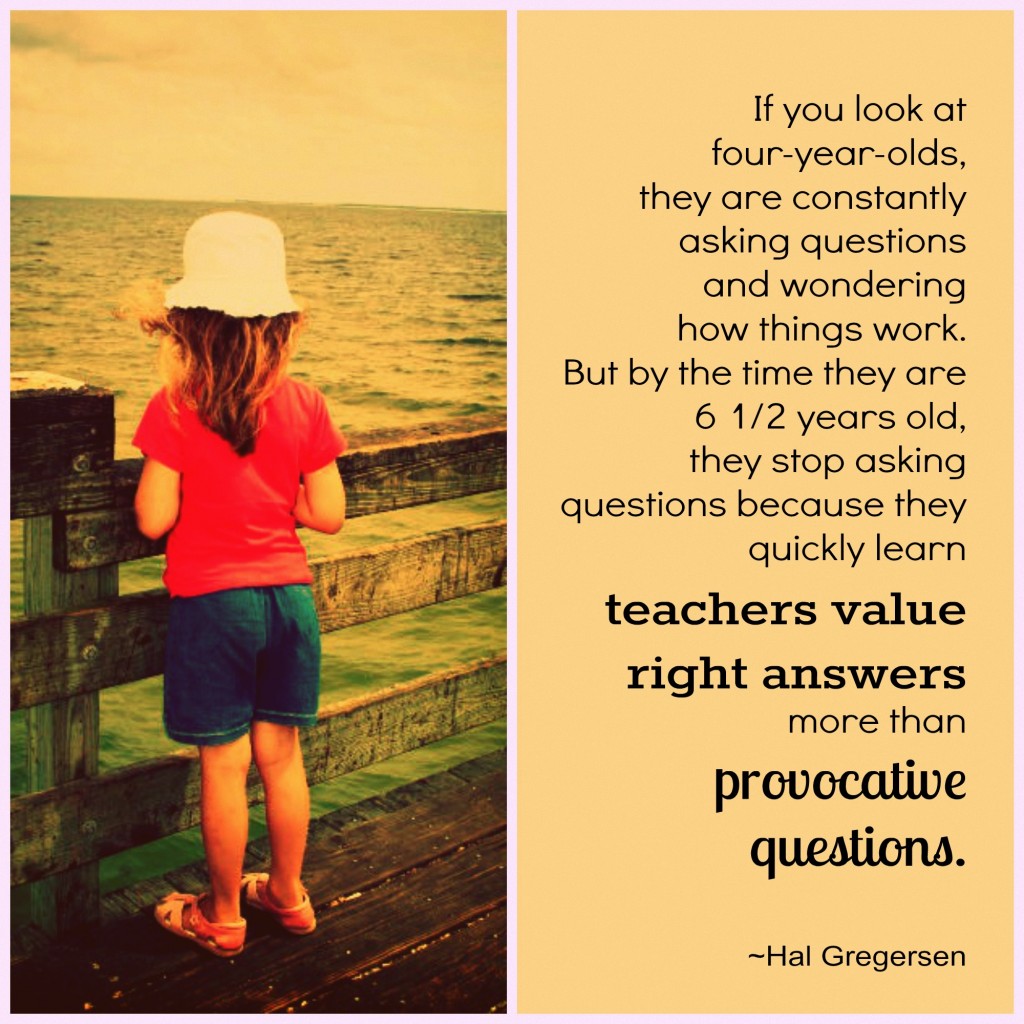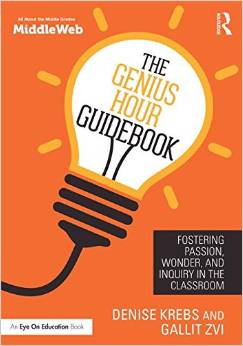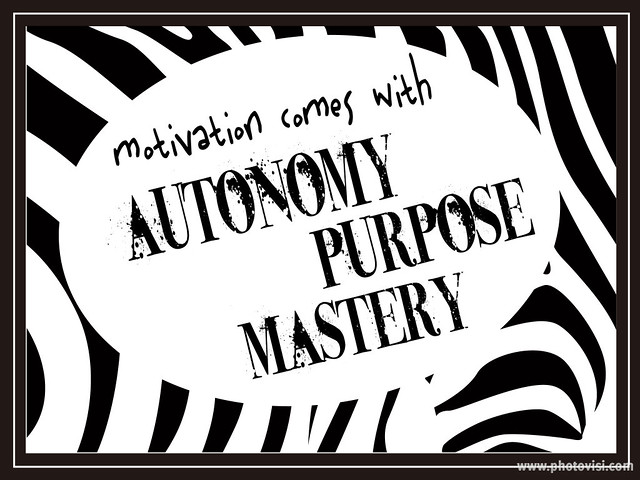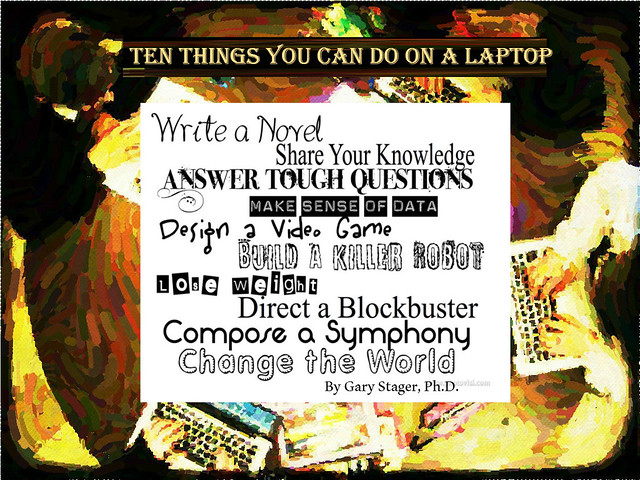|
Fixed mindset—creates an urgency to prove yourself over and over. If you have only a certain amount of intelligence, a certain personality, and a certain moral character—well, then you’d better prove that you have a healthy dose of them. It simply wouldn’t do to look or feel deficient in these most basic characteristics. Loc 158
…one consuming goal—look smart, don’t look dumb. Who cared about or enjoyed learning when our whole being was at stake every time she gave us a test or called on us in class? Loc 164
…labeling themselves and throwing up their hands Loc 219
…risk and effort are two things that might reveal your inadequacies and show that you were not up to the task. Loc 227
…your qualities are carved in stone Loc 238
…a fixed ability that needs to be proven Loc 310
…fixed traits—success is about proving you’re smart or talented. Loc 313
Validating yourself. Loc 313
…children with the fixed mindset want to make sure they succeed. Smart people should always succeed. Loc 335
…fixed mindset didn’t want to expose their deficiencies…to feel smart in the short run, they were willing to put their college careers at risk. Loc 352
…fixed mindset makes people into nonlearners. Loc 353
It’s about being perfect right now. Loc 459
The fixed mindset does not allow people the luxury of becoming. They have to already be. Loc 481
…failure has been transformed from an action (I failed) to an identity (I am a failure). Loc 599
But those with the fixed mindset said they would study less for the next test. If you don’t have the ability, why waste your time? And, they said, they would seriously consider cheating! Loc 648
…instead of trying to learn from and repair their failures, people with the fixed mindset may simply try to repair their self-esteem. Loc 650
But students in the fixed mindset chose to look at the tests of people who had done really poorly. That was their way of feeling better about themselves. Loc 652
People with the fixed mindset tell us, “If you have to work at something, you must not be good at it.” They add, “Things come easily to people who are true geniuses.” Loc 725
The idea of trying and still failing—of leaving yourself without excuses—is the worst fear within the fixed mindset, and it haunted and paralyzed her. Loc 764
…that success is about being more gifted than others, that failure does measure you, and that effort is for those who can’t make it on talent. Loc 799
In the fixed mindset, everything is about the outcome. If you fail—or if you’re not the best—it’s all been wasted. Loc 865
…the natural does not analyze his deficiencies and coach or practice them away. The very idea of deficiencies is terrifying. Loc 1402
…key weapons of the fixed mindset—blame, excuses, and the stifling of critics and rivals. Loc 1948
You have permanent traits and I’m judging them. Loc 2928
We don’t care about who you are, what you’re interested in, and what you can become. We don’t care about learning. We will love and respect you only if you go to Harvard. Loc 3210
When teachers are judging them, students will sabotage the teacher by not trying. Loc 3417
Fixed-minded teachers often think of themselves as finished products. Their role is simply to impart their knowledge. Loc 3424
You have permanent traits and I’m judging them Loc 3596
Remember that praising children’s intelligence or talent, tempting as it is, sends a fixed-mindset message. Loc 3598 |
The passion for stretching yourself and sticking to it, even (or especially) when it’s not going well, is the hallmark of the growth mindset. This is the mindset that allows people to thrive during some of the most challenging times in their lives. Loc 181
…your qualities can be cultivated Loc 239
…exceptional individuals have “a special talent for identifying their own strengths and weaknesses.” Loc 259
…a special talent for converting life’s setbacks into future successes. Loc 262
…creative achievement…perseverance and resilience. Loc 263
…a changeable ability that can be developed through learning Loc 310
…changing qualities—it’s about stretching yourself to learn something new. Loc 314
Developing yourself. Loc 314
They walk, they fall, they get up. They just barge forward. Loc 326
But for children with the growth mindset, success is about stretching themselves. It’s about becoming smarter. Loc 335
…growth mindset seized the chance. Loc 352
“I never stopped trying to be qualified for the job.” Loc 392
“This is hard. This is fun.” Loc 451
“[When] I work on something a long time and I start to figure it out.” Loc 461
“Becoming is better than being.” Loc 481
People with the growth mindset know that it takes time for potential to flower. Loc 523
A single point in time does not show trends, improvement, lack of effort, or mathematical ability.… Loc 532
Those in the growth mindset looked at the tests of people who had done far better than they had. As usual, they wanted to correct their deficiency. Loc 652
John Wooden, the legendary basketball coach, says you aren’t a failure until you start to blame. What he means is that you can still be in the process of learning from your mistakes until you deny them. Loc 666
When people believe their basic qualities can be developed, failures may still hurt, but failures don’t define them. And if abilities can be expanded—if change and growth are possible—then there are still many paths to success. Loc 710
The growth mindset allows people to value what they’re doing regardless of the outcome. Loc 866
…even when you think you’re not good at something, you can still plunge into it wholeheartedly and stick to it. Actually, sometimes you plunge into something because you’re not good at it. Loc 936
“Come on, peach,” [Marva Collins] said to him, cupping his face in her hands, “we have work to do. You can’t just sit in a seat and grow smart.… I promise, you are going to do, and you are going to produce. I am not going to let you fail.” Loc 1151
Create an organization that prizes the development of ability—and watch the leaders emerge. Loc 2420
“I liked the effort you put in, but let’s work together some more and figure out what it is you don’t understand.” “We all have different learning curves. It may take more time for you to catch on to this and be comfortable with this material, but if you keep at it like this you will.” “Everyone learns in a different way. Let’s keep trying to find the way that works for you.” Loc 3012
Don’t judge. Teach. It’s a learning process. Loc 3160
But when students understand that school is for them—a way for them to grow their minds—they do not insist on sabotaging themselves. Loc 3417
Above all, a good teacher is one who continues to learn along with the students. Loc 3431
You’re a developing person and I’m interested in your development Loc 3597
…try to focus on the processes they used—their strategies, effort, or choices. Loc 3599
…try to figure out what they don’t understand and what learning strategies they don’t have. Remember that great teachers believe in the growth of talent and intellect, and are fascinated by the process of learning. Loc 3608
…our mission is developing people’s potential. Loc 3614 |
